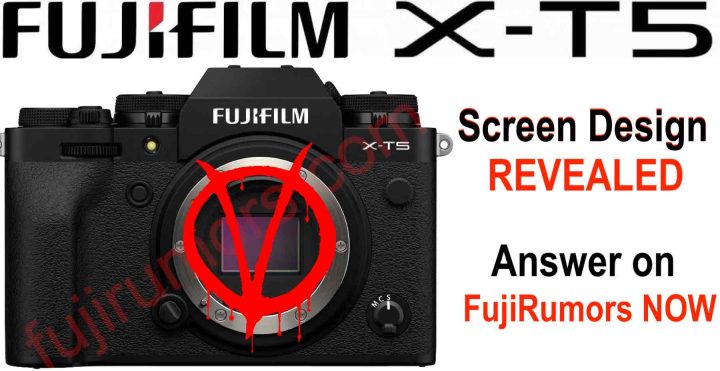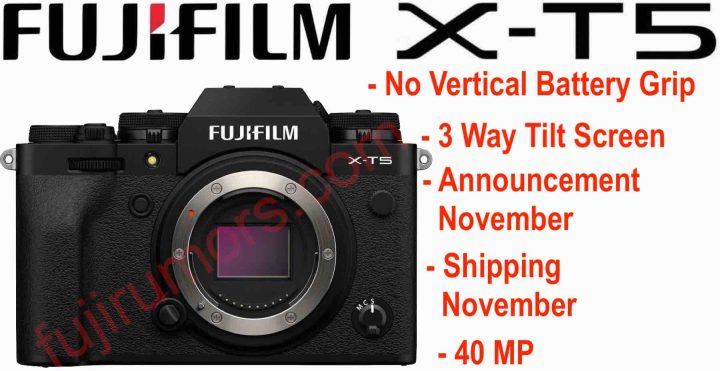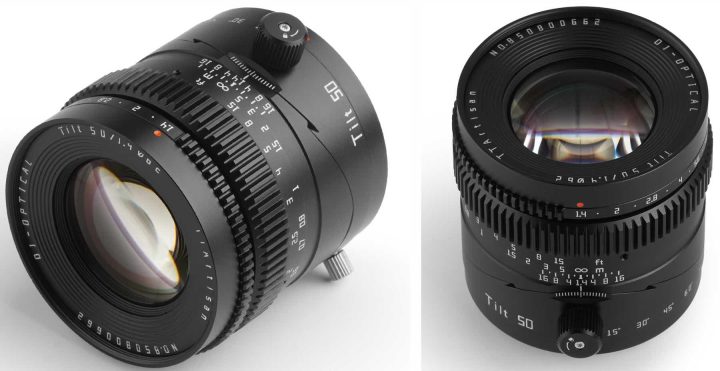
Fujifilm X-T5 Screen Design
Allow me first to apologise for this interruption.
I do, like many of you, appreciate the comforts of a 7 minute YouTube video, the security of a squarespace ad, the tranquility of a Vlogger’s voice. I enjoy them as much as any bloke.
But in the spirit of rumors, whereby information about future cameras can prepare us for imminent GAS related financial losses, I thought we could mark this day by taking some time out of our daily lives to sit down and have a little chat about the Fujifilm X-T5.
There are, of course, those who do not want this to happen. I suspect even now, orders at DPRTV and Co are being shouted at Fujifilm Corporation to redesign the X-T5 or a flood of negative reviews and sad faced Emojis will inundate photography youtube channels.
They promised Fujifilm peace, and all they demanded in return was Fuji’s silent, obidient consent to put selfie screens just in every camera.
But rumors offer the means to meaning, and for those who will listen, the enunciation of truth.
And the truth, my friends, is that the Fujifilm X-T5 will have a 3 way tilt screen.
So, my friends, if you feel as I feel, if you seek as I seek true joy in photography, then I ask you to stand beside me in November, here on FujiRumors, and together we shall give influencers an announcement that shall never, ever be forgot, by pre-ordering so many the X-T5 cameras to throw the world into a new semiconductor shortage crisis.
In fact, my Fujifilm X-T4 is now for sale and I will reward Fujifilm’s bravery by pre-ordering the Fujifilm X-T5 myself.
5 Disclaimers – read to avoid angry outbursts ;)
- the rumor is 100% accurate
- the whole article gives a satirical twist on the sometimes exaggerated seriousness we (me included) approach certain topics in photography
- I do love and appreciate the work of YouTube reviewers
- the inspiration to this article came from the true statement that Tony Northrup made and we reported here. I can confirm by my sources that Tony is 100% accurate. The power of product reviewers is huge and also Fujifilm sometimes is more focused on pleasing YouTubers instead of customers, in order to get positive reviews from them
- I adapted the speech taken from V for Vendetta (see it here), so that the clearly exaggerated tone of this article makes us grin quietly to ourselves with the ultimate goal to help us to take everything with a bit more lightness
Love you all guys.
Follow FujiRumors on Facebook, Instagram, RSS-feed, Youtube, Flipboard and Twitter
100% Fuji Colors Power
Rumors and Discussions







